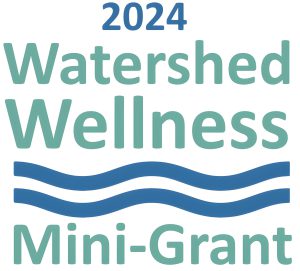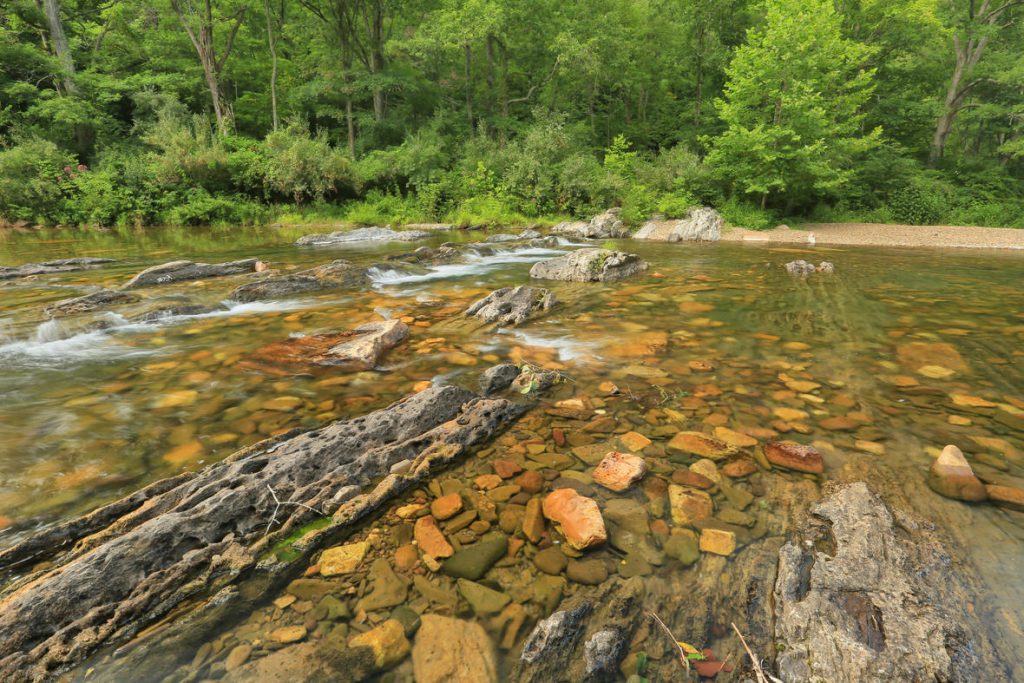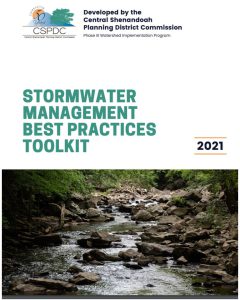Chesapeake Bay Watershed Implementation Plan (WIP)
In 2010, the U.S. Environmental Protection Agency (EPA) established the Chesapeake Bay Total Maximum Daily Load (TMDL), a historic and comprehensive water quality improvement plan to guide federal, state, and local actions to clean up the Chesapeake Bay.
In Virginia, the TMDL pollution reduction targets aim to reduce the amount of nitrogen by 20.5%, phosphorous by 25.2%, and sediment by 20.8% by 2025 through clean up practices known as best management practices (BMPs).
The Department of Environmental Quality (DEQ) works with the CSPDC through the statewide Watershed Implementation Plan (WIP) to provide coordination and technical assistance to local governments and other stakeholders in the region to meet the state’s TMDL targets for the Potomac River Water Basin and Chesapeake Bay pollution reduction goals.
2024 WIP Program Activities
The 2024 CSPDC Chesapeake Bay WIP Scope of Work outlines three main implementation activities:
- Developing urban tree canopy assessments for non-MS4 communities
- Development of a A Best Management Practices (BMP) Mini-Grant Program available to localities and non-profits to fund small stormwater-related projects
- Provide grant assistance for localities that address water quality and stormwater issues

2024 Watershed Wellness Mini-Grant - Application Cycle Now Open
The CSPDC Watershed Wellness Mini-Grant is a reimbursement grant that provides up to $3,500 in non-match funding for constructing practical, cost-effective, and ready-to-go best management practice (BMP) projects that improve water quality and reduce runoff in the Chesapeake Bay watershed. Funding is available for localities and non-profits within the five-county CSPDC region. The application will be available on Wednesday, February 28 and close on Friday, March 29, 2024. Construction must be complete by December 20, 2024.
The program's main goal is establish a simple, streamlined BMP grant application that leads to the construction of BMPs and supports DEQ's WIP and the Commonwealth's Chesapeake Bay pollution reduction goals. The 2024 Watershed Wellness Mini-Grant Guide details the the grant goals, requirements, eligible activities, and timeline.
Download the 2024 Watershed Wellness Application, and submit the application and requested attachments to CSPDC WIP Coordinator Zach Beard at zach@cspdc.org. Important Watershed Wellness Grant dates are below:
- Wednesday, February 28, 2024. Application available.
- Friday, March 29, 2024. Application in-take period closes at 5:00 p.m.
- Friday, April 12, 2024. Projects are reviewed and selected. Awards announced.
- Friday, April 19, 2024. Project start date pending signed agreement.
- Thursday, August 15, 2024. Mid-point project status update.
- Tuesday, December 20, 2024. Project construction complete.
- Wednesday, January 8, 2025. Project Completion Report submission deadline.
Grant materials
2024 Watershed Wellness Grant Guide
2024 Watershed Wellness Grant Application
Grant Reference
A grant information session was held on February 26, 2024 and provided an overview of the application process. View the session, and/or also check out the slides.
Staff Contact(s)
- Zach Beard (zach@cspdc.org)
Meeting Summaries
- March 2020
- June 2020
- September 2020
- December 2020
- March 2021
- June 2021
- September, 2021
- December 2021
- March 2022
- June 2022
- September 2022
- December 2022
- June 2023
- October 2023


